Air India Flight AI171 Crash – Preliminary Report Summary
Basic Flight and Crash Information
- Flight: AI171 from Ahmedabad (VAAH) to London Gatwick (EGKK)
- Date/Time: 12 June 2025, 0809 UTC (13:39 IST)
- Aircraft: Boeing 787-8, registration VT-ANB, operated by Air India
- Phase of Flight: Initial Climb
- Fatalities: All 241 on board (2 flight crew, 10 cabin crew, 229 passengers) and 19 on the ground
- Wreckage Site: Impacted buildings approx. 0.9 NM from the end of Runway 23, including BJ Medical College hostel
Flight Crew Information
- Captain: 56-year-old male, ATPL holder, 15,638 hours total time (8,596 on type), fully qualified PIC
- First Officer: 32-year-old male, CPL holder, 3,403 hours total (1,128 on type), PF for this flight
Aircraft and Maintenance Status
- Aircraft manufactured in 2013, fully airworthy with all Airworthiness Directives and Service Bulletins complied
- Active MELs included minor cockpit/cabin systems and one CAT A MEL for nitrogen generation—none deemed contributory
- Fuel control switch inspections (per FAA SAIB NM-18-33) were not performed, as the directive was advisory only
Accident Sequence Based on EAFR and CVR Data
Normal Takeoff Sequence
- Pushback at 07:43 UTC; takeoff clearance issued at 08:07:33 UTC
- Aircraft began takeoff roll at 08:07:37 UTC; rotation speed (Vr) of 155 knots reached at 08:08:35 UTC
- Aircraft lifted off and transitioned to air mode at 08:08:39 UTC
- Reached max speed of 180 knots at 08:08:42 UTC
Sudden Engine Shutdown
- At 08:08:42 UTC, both fuel cutoff switches transitioned from RUN to CUTOFF, one second apart
- Engine power (N1/N2) began declining due to fuel starvation
- CVR recorded a pilot asking, “Why did you cut off?” and the other responding, “I did not”
- RAT (Ram Air Turbine) deployed at 08:08:47 UTC to restore hydraulic power
Attempted Recovery
- At 08:08:52 UTC: Engine 1 fuel control switch returned to RUN
- At 08:08:56 UTC: Engine 2 switch also returned to RUN
- FADEC attempted auto-relight: Engine 1 began recovering; Engine 2 failed to stabilize
- EGT rise confirmed attempted relight on both engines
- Mayday call transmitted at 08:09:05 UTC; final data recorded at 08:09:11 UTC
- Aircraft crashed into residential structures beyond airport perimeter
Investigation Highlights
Wreckage Findings
- Thrust levers found in idle, but flight data shows they were at takeoff thrust until impact
- Fuel switches found in RUN, suggesting they were reset prior to crash
- Gear lever and flaps were in normal takeoff configuration (flaps 5, gear down)
Fuel Switch Design Concern
- The 787’s fuel switches (Part No. 4TL837-3D) share design with older 737 models
- Prior advisory (SAIB) warned of locking mechanism issues potentially allowing accidental shutoff
- Inspections recommended by FAA were not performed by Air India
- Investigation is exploring inadvertent switch actuation during takeoff due to turbulence or guarding hand contact, however intentional movement of the switches has not been ruled out
Next Steps and Interim Conclusion
- No safety recommendations yet issued for 787-8 aircraft or GE GEnx-1B engines
- Investigation ongoing; focus areas include:
- Engineering review of fuel control switches
- Detailed aeromedical analysis of crew
- Analysis of cockpit coordination, workload, and procedure execution
- Answer the question of “why did the fuel cutoff switches move to the off position?”

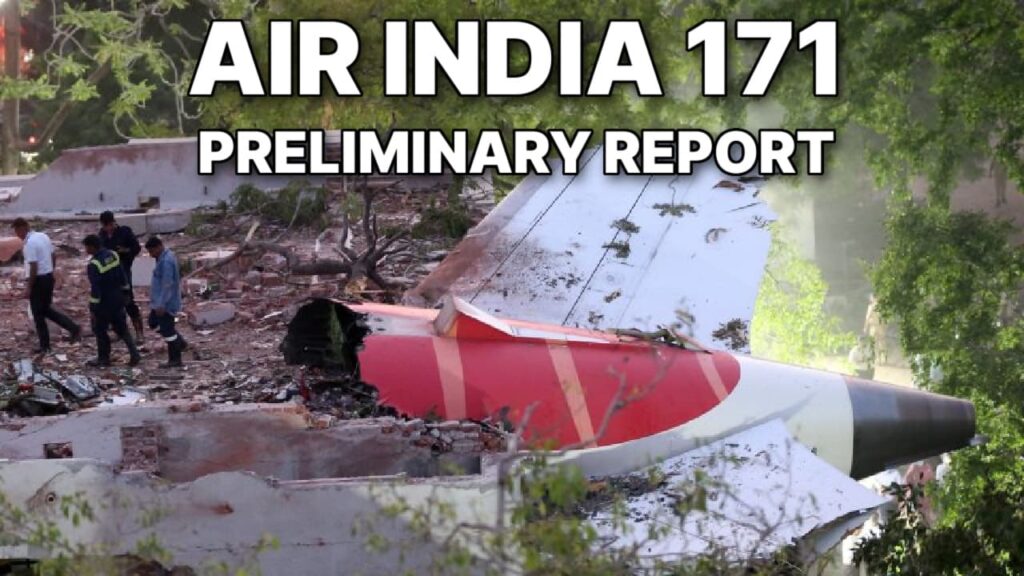



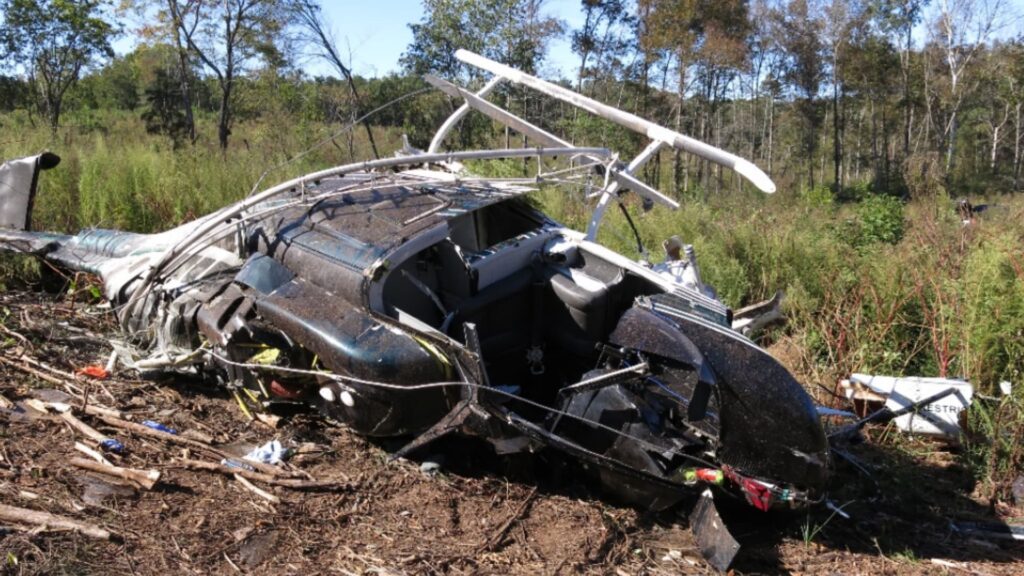
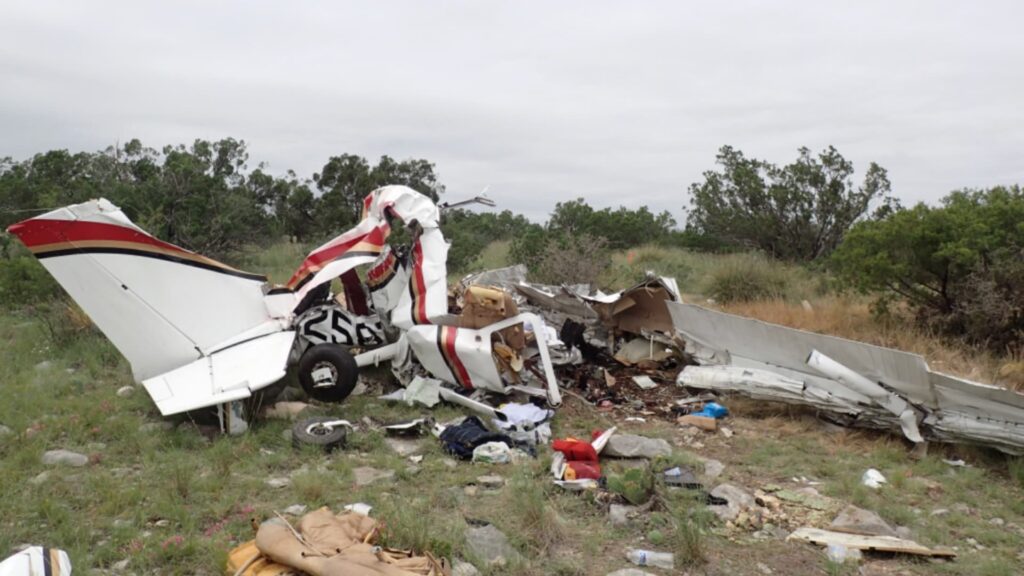
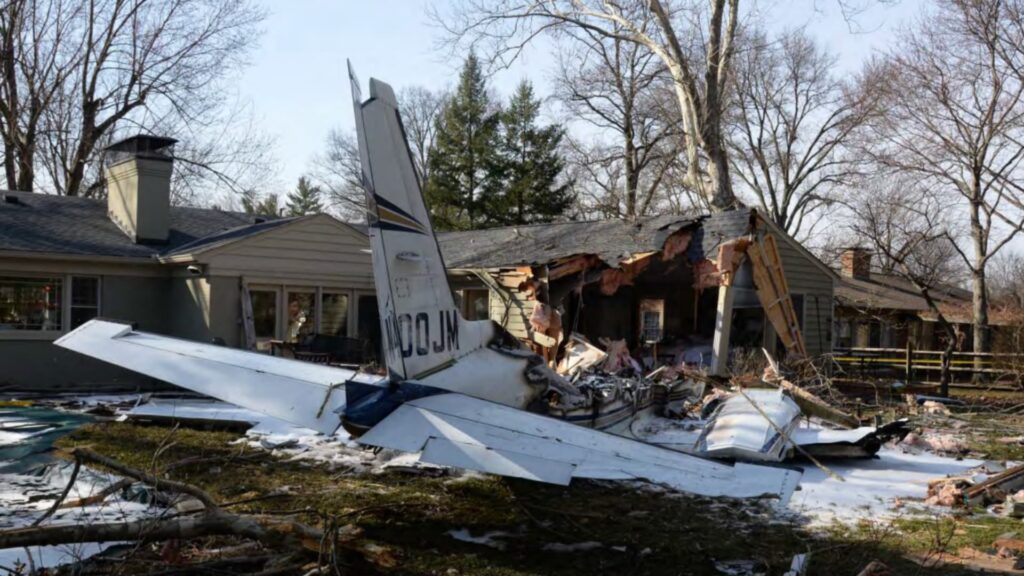
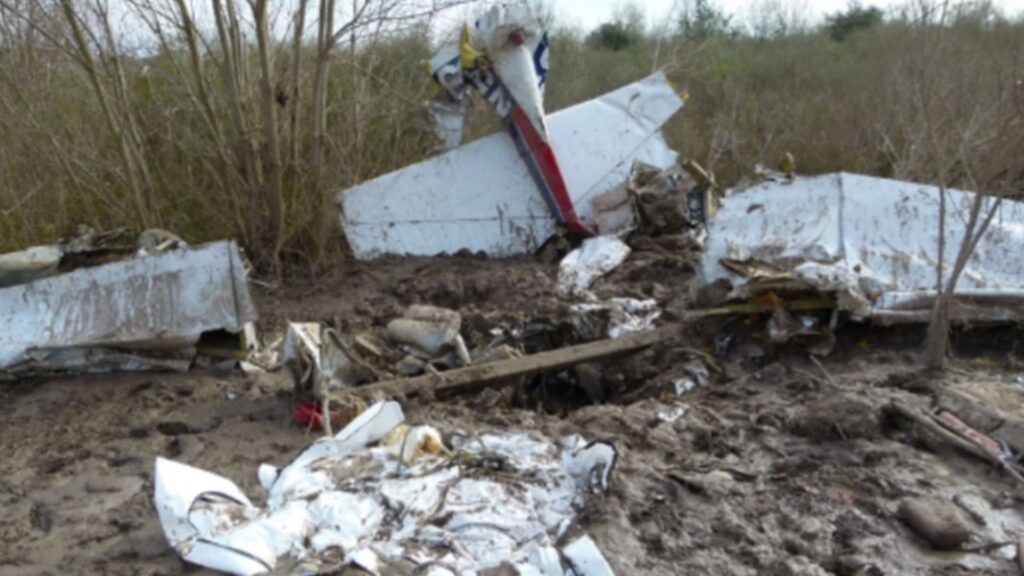

33 Comments
The failure of both the fuel cutoff switch locks within 1 second of each other is EXTREMELY improbable. That would give the CVR comments context, however. Accidental cutoff by a pilot seems even more unlikely. That means a pilot intentionally moved the switches to “Cutoff” and was noticed in the cutoff position by the other pilot, again giving context to the CVR recording. One other idea… was there a third person in the cockpit? The CVR does not seem to suggest that, however. There does not seem to be any “fight” over restoring the switches to the “Run” position, adding more doubt to intentional switch activation. This is completely baffling and I hope the investigation can eventually narrow the events to a cause.
Gary Harris, you’ve stated very clearly my thoughts, as well. Very baffling and concerning.
Could pilots felt power loss at takeoff. Then turned fuel switch off and back on as required to restart jets ?
I know that’s might sound far-fetched and I’m not an aviation expert or a pilot and just curious if you might be able to answer a question. It appeared in that some of the maintenance records showed this plane having repeated failures of a particular component where mechanics would go in and sort of Band-Aid the problem without replacing the part ” ” cleaning up contacts or whatnot. Sorry I don’t have more details on this I can’t remember where I read this but my question is do you think that at some point these switches may have been modified to both connect together I know a lot of times pilots will turn on one engine and then the other but then I have also seen pilots turn both engines on at the same time. Obviously this would be incredibly concerning and definitely not appropriate however it would explain both engines would have been shut down simultaneously. Would the flight data recorder show them restarting at identicle times if they were or would there still be a slight delay in the time signature?
Gary,
Great comments and theories. I hope they find that there was an eletro-mechanical failure where some fault tripped the switches. My problem with that is these switches are not usually linked for safety and fuel/engine isolation measures. I would like to read more about the “Prior advisory (SAIB) warned of locking mechanism issues potentially allowing accidental shutoff”. While awaiting the results on the equipment investigation, I would focus on the pilot who responded to the question “Why did you cut off?” Complete background investigations need to be started on both, especially in their personal life possibly leading to a mental incident. The one pilot who answered the other with “I did not” should have greater emphasis in the investigation as he could have attempted to take his own life, maybe even changed his mind to no avail. This is only a theory and certainly too early to call. It’s such a terrible tragedy and we all want to make sure that it is preventable in the future (if it was something within our control).
Thanks for listening
suicide
Thanks Hoover. I really appreciate the update. I’m glad for Boeing’s sake that it doesn’t appear to be a mechanical issue. The other possible causes are troubling.
Hmm, I wonder if there had been a command for “gear up” immediately before the fuel switches were thrown. This might suggest some confusion between the gear lever and the fuel switches, as unlikely as it sounds. This might also explain why the gear were still extended.
Is it true that on the cvr they were able to hear that the pilots seat ‘unlocked’ and moved?
You say ” Fuel switches found in RUN, suggesting they were reset prior to crash”
but just above you say that the switches were returned to run at 8:08 .56 prior to crash so they would have been in RUN upon impact becuase there was no further change in the switches after the attempted relight.
How long does it take for engines to releght if thy are still spooling down and does 10 second of fule off really doom the flight or would the fule just start flowing agin and the engines relight in 15 seconds with turbines still almost at full operating speed given fule was interrupted for only 10 seconds ?
A most confusing question is how two locking fuel could both unlock and disengage within one second of each other. As such happening with two switches by natural occurrence statistically implausible the only viable conclusion would require human interaction.
As I am a fighter pilot with no familiarity with this airliners cockpit but the logical conclusion would suggest that an investigation into what the position of both OIC and SIC hands would normally be during every step during rotation compared to the timeliness and position in relation to the first switch to disengage.
One last question would be the switches design, If the engaged position of the switches was down instead of up then there would be far less chance of accidental impact disengagement if it was required that the switches needed to be pulled up. Even the simple retrofitting of the switches with military style spring loaded flip covers would greatly diminish the chances of accidental disengagement. And with such a vital function as supplying fuel to the engines I would think such a function would be as protected as if they were kill switches.
I agree with you. On my CH47s in the Army, some switches the red cover was down, meant the switch was on.
You had to lift the red cover to move the toggle to off, closing the cover, the switch was ON. Jack
Hoover, everything I have read, watched, and heard states that there is a much less than 1% chance that this could have happened inadvertently, more like a 0.0000000001%. This determination is primarily due to the fact that both fuel cutoff switches in this plane require each switch to be pulled up from a spring-loaded position prior to it being moved from “Run” to “Cutoff”, or vice versa. What force, other than a hand of the pilots, would be able to pull up and move these switches? The only other force that I can imagine is one of a supernatural nature. But that is a rabbit hole that is not likely to be explored by anyone in the aviation community.
It will be interesting to see if there is any medical or social background pilot history. One thing that is certain is that the switches did not ‘switch themselves off’. Speculation is indeed not helpful however at this stage it appears highly unlikely that this was a mechanical error.
I cannot believe it!!
I have more questions now than before the report.
Thank you Homero for the info, short and precise. Waiting for your vídeo with your analysis and comments.
Cheers
The fact that the switches went to cutoff sequentially and not simultaneously is positive indication of human intervention. Someone consciously put those switches to cutoff. Who and why are now the big questions.
An experienced pilot would have realized that there wasn’t time to relight the engines, or even one, and resume sufficient thrust to arrest the descent. There would be no reason to fight over the switches. They were already dead, they just hadn’t stopped breathing.
Dear Hoover,
Excellent succinct summary of the report. Next we need to learn more about the human factors that may have contributed to this tragedy.
Which seat was the Pilot Flying in?
As a retired pilot I never assumed a cockpit switch can only be operated by a human – switches are normally connected to wires or other means of transmitting a signal. Signals can be “triggered” by all sorts of electrical gremlins. As one example way back when I was an aerospace engineer on B737’s one aircraft on the fleet had an intermittent issue. When the crew (pilots) operated the PTT button (Push to Talk) to speak to air traffic the aircraft would make an uncommanded pitch nose down. After months of the engineers trying every solution in the book to locate the problem – it was finally discovered that the wires from the PTT system inside the fuselage had been incorrectly co-located in construction too close to another wire loom that was sending an EMF (Electro Magnetic Field) signal from the PTT wire loom to the trim nose down loom.
Most critical switches in the aircraft I’ve flown have been guarded to prevent accidental activation. If on purpose you had to move the guard. Seems as if fuel cut off would fit this category. Investigated many accidents where activation of a guarded switch was the claimed cause
Really?. If not guarded, maybe they should be.
The fact that a pilot said he didn’t cut off the engines, does not mean that he didn’t do it.
10 seconds to put the first switch back in their normal place, is a lot, in those conditions.
I see another pilot-event here….
It’s time to place at least, two high resolution cameras in every airliner cockpit.
This says that all aboard perished. I thought one passenger survived.
Gary,
Great comments and theories. I hope they find that there was an eletro-mechanical failure where some fault tripped the switches. My problem with that is these switches are not usually linked for safety and fuel/engine isolation measures. I would like to read more about the “Prior advisory (SAIB) warned of locking mechanism issues potentially allowing accidental shutoff”. While awaiting the results on the equipment investigation, I would focus on the pilot who responded to the question “Why did you cut off?” Complete background investigations need to be started on both, especially in their personal life possibly leading to a mental incident. The one pilot who answered the other with “I did not” should have greater emphasis in the investigation as he could have attempted to take his own life, maybe even changed his mind to no avail. This is only a theory and certainly too early to call. It’s such a terrible tragedy and we all want to make sure that it is preventable in the future (if it was something within our control).
Thanks for listening
Not a DEI either.
Just looks like intentional to me.
I’m not so sure.
Reference previous comment. Yes there could have been a fight over the switches. 10 seconds and 12 seconds after cut off they were both returned to the run position.
After 6000 or so cycles of the switches, that they talk about, I wouldn’t be surprised if the internal springs are knackered and the switch shaft worn. All moving parts wear, so maybe they were not latching properly and got pulled back by a long sleeve shirt or bracelet that was being worn by the flying pilot as he took his hand off the thrust levers at V1. Just my thoughts?
I believe and still think it was the computers shutting down because of very high temperatures that day and In another video before the crash , you can see the passengers fanning there selves because the AC quit working plus the computers and phones that are on the seats weren’t working. I think it was something to do with the computers. They just got to hot and decided to quit working. I had a lap top do that. Anyway, I don’t believe the fuel switches were the cause. I think this might be a Boeing cover up. Boeing is having trouble selling aircraft and if it was the computers there not wanting anyone to know. Boeing had computer problems in the past with them 737 max 8’s. I believe it was computer related. I hope not, because there are alot of other 787’s flying.
Given there are 351,000 commercial airline pilots in the world, no amount of counseling will prevent a pilot from committing suicide by taking the plane and passengers down with him. This event is predictable, recurring, and a fact of flying today. Doctors will tell you 1 out of 5 people is clinically mentally ill. Thus, the notion of asking pilots before they fly, “Are you good to fly?” is silly to think it is meaningful. Instead, requiring the Chief Purser to sit in the cabin on takeoff and landing may do something. This person may be trained to make sure procedures are followed. The Pilot is too busy at the controls. A third person is necessary.
There is no “how did” two fuel cutoff switches move in 1 sec to the off position…..it was deliberate and pilot controlled…..data talks, BS walks. Something I lived by as a Chemist and Pilot for five decades. This is so like the MH370 flight that everyone in the country and airline looked to blame/assign guilt to anything and everything but a pilot suicide due to mental instability/issues. The pilot knew that at that moment/period in flight the one assigned to flying would be looking forward and not see movement down by the fuel cutoff switches AND he knew there was no means of recovery from a dual engine failure at 200-600 ft AGL. I sincerely wish they would focus on the real cause for the sake of commercial airline safety and the healing procss for those that have lost so many loved ones.
The thing that bothers me about this report is it’s inaccuracy in stating that all lives aboard were lost. There was one survivor that walked away from the wreckage..,.
AI Overview
+5
Yes, there was one survivor in the recent Air India plane crash in Ahmedabad, India.
Viswashkumar Ramesh, a British national, was the only person on board Air India Flight 171 who survived the crash. The flight, a Boeing
Seemed like a normally configured flight, the fuel switches being switched off may always be a mystery. No emergency at rotation was noted and there’s no apparent motivation from the flight crew to turn those switches off. The only other possibility of a sequential shutoff would be the paranormal.
Obviously it wasn’t “all” passengers on the airplane; one survived.
It’s looking more like the captain hit those fuel cutoff switches, the captain had taken time off for depression according to all articles.